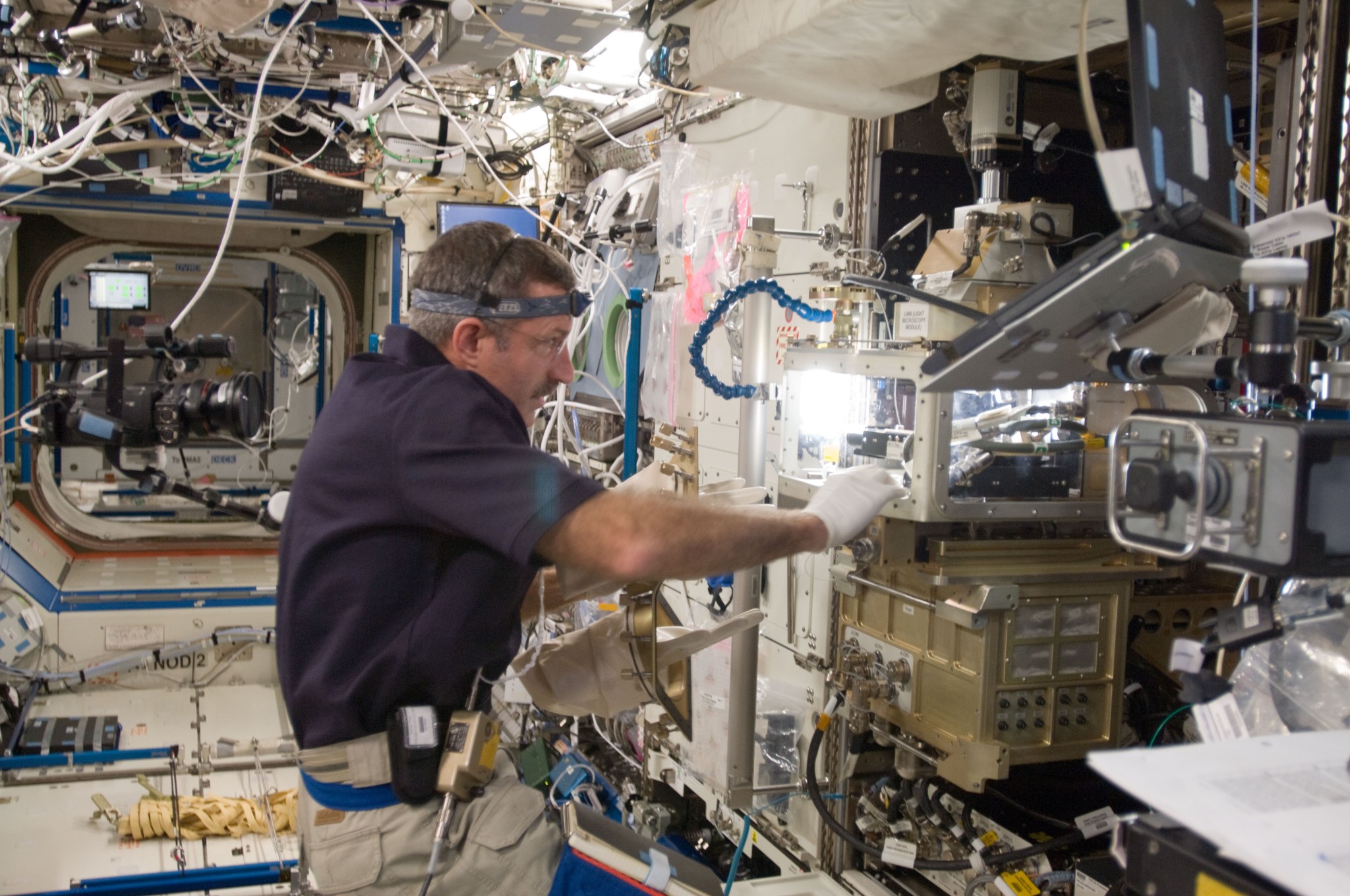In science, it’s best to have a clean, sharp picture of what you’re studying. Microscopes afford us the opportunity to look at particles that would otherwise be invisible to the naked eye, but these particles can sometimes be masked by gravity. That’s right, the same force that keeps your feet firmly planted to the ground also interferes with getting a good look at how things move and interact at the microscopic level.

The Light Microscopy Module (LMM) microscope aboard the International Space Station is an advanced microscope that gives researchers a look at what is happening on a fundamental level without the interference of gravity. NASA will be sending an upgrade to the LMM on the upcoming SpaceX cargo resupply mission that will enable 3D imaging of complex fluid structures and allow for modeling the movement of individual particles at the micron level.
“We’ll have a 3D capability that will expand our ability to see what is going on at a fundamental level,” said Ron Sicker, project manager at NASA’s Glenn Research Center in Cleveland.
When scientists examine particles suspended within another substance on Earth, the particles will quickly separate under the force of gravity. This behavior limits researchers’ ability to observe and study exactly what is happening. In space, gravity is greatly reduced and does not mask or hide the movements and interactions of particles. Couple that with an advanced microscope that provides sharp-focus, and the result is a clear picture of what’s happening in real time.
Presently, the microscope provides detailed, 2D images that aid the advancement of science. The new hardware consists of a laser light package, scanner and two high-resolution digital scientific cameras. In addition to 3D imaging, this update will significantly improve the microscope’s resolution and contrast by eliminating unnecessary light.
After astronauts aboard the space station install the new hardware, the upgraded camera will use green laser lighting to tightly focus light onto brightly glowing microstructures. The images are acquired at 10 frames per second. As the microscope stage is raised, images of the test sample are assembled layer-by-layer into a stack, resulting in a 3D model. That stack can later be rotated and examined from any angle by researchers.
By providing sharper images that can be studied from every angle, the LMM will aid researchers in gaining a better understanding about the microscopic world. That knowledge will help us on Earth and in space.
“This could open a whole new world of science,” said Sicker.
LMM is a remotely controllable, automated microscope that operates in the Fluids Integrated Rack of the space station’s Destiny Laboratory.
LMM is sponsored by the Physical Sciences Research Program within the Space Life and Physical Sciences Research and Applications Division at NASA Headquarters in Washington.

























